We use cookies to help you navigate efficiently and perform certain functions. You will find detailed information about all cookies under each consent category below.
The cookies that are categorized as "Necessary" are stored on your browser as they are essential for enabling the basic functionalities of the site. ...
Necessary cookies are required to enable the basic features of this site, such as providing secure log-in or adjusting your consent preferences. These cookies do not store any personally identifiable data.
Functional cookies help perform certain functionalities like sharing the content of the website on social media platforms, collecting feedback, and other third-party features.
Analytical cookies are used to understand how visitors interact with the website. These cookies help provide information on metrics such as the number of visitors, bounce rate, traffic source, etc.
Performance cookies are used to understand and analyze the key performance indexes of the website which helps in delivering a better user experience for the visitors.
Advertisement cookies are used to provide visitors with customized advertisements based on the pages you visited previously and to analyze the effectiveness of the ad campaigns.
Elly graduated from the Royal College of Art in 2004. Since then, she has exhibited in numerous galleries and craft fairs. She produces work from her garden studio in Hertford.
Elly’s work is hand-built using slabs of clay with multiple slips, textural marks and impressions applied during the making process. Glaze is also applied and sometimes rubbed back, then the pieces are high fired. She often works with a variety of stoneware clays, such as porcelain and black clay, and is interested in how these clays communicate their unique qualities and characteristics to the work. This focus allows her to create groups and families of vessels, building a narrative between themselves.
Form and texture are influenced by the compelling visual appeal of disused architectural forms. The physical and historical layers within these abandoned spaces expose and reveal details in their construction transforming once functional buildings into eerily beautiful empty vessels.
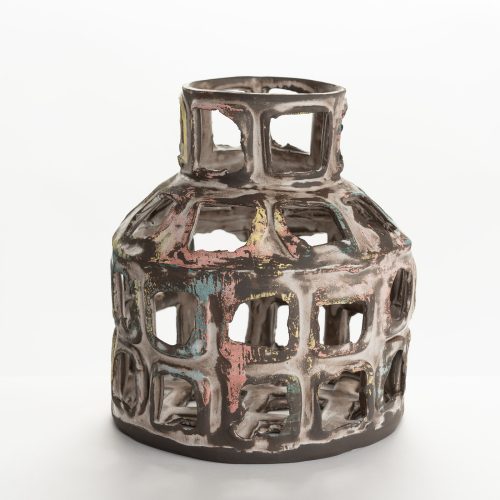
PRODUCT CODE:EW549Y24
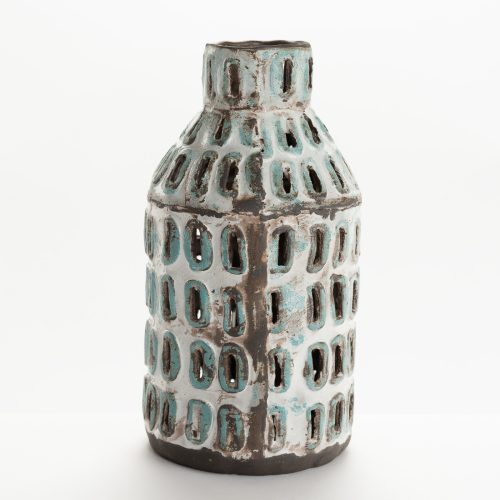
PRODUCT CODE:EW549Y27
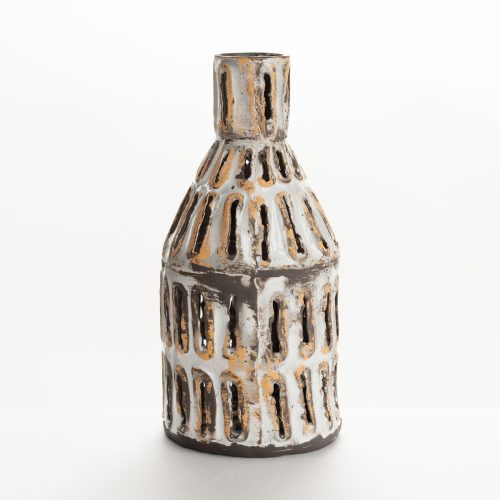
PRODUCT CODE:EW549Y25
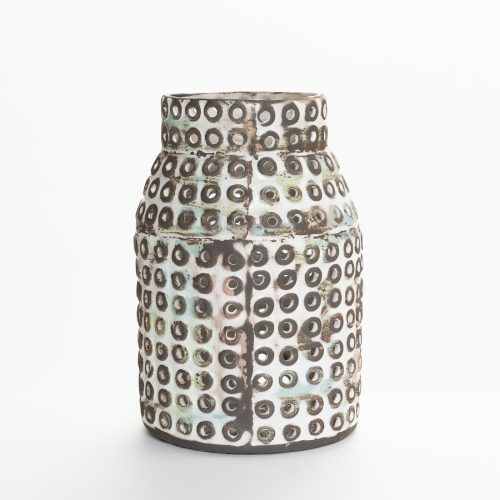
PRODUCT CODE:EW549Y23
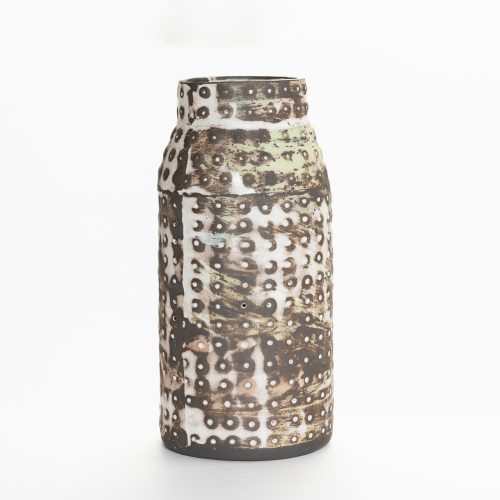
PRODUCT CODE:EW549Y15
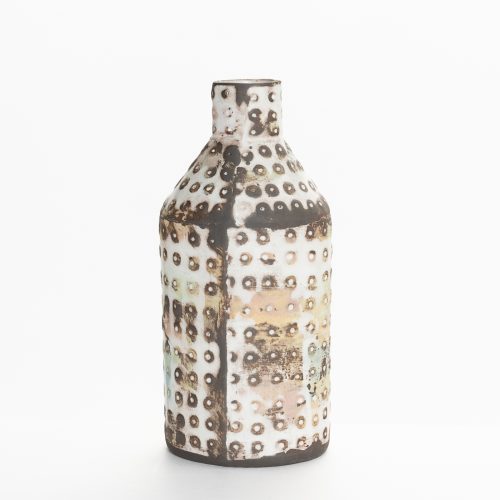
PRODUCT CODE:EW549Y22
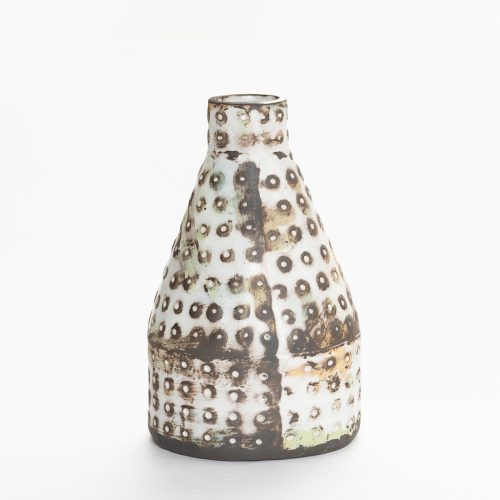
PRODUCT CODE:EW549Y18

PRODUCT CODE:EW549Y6
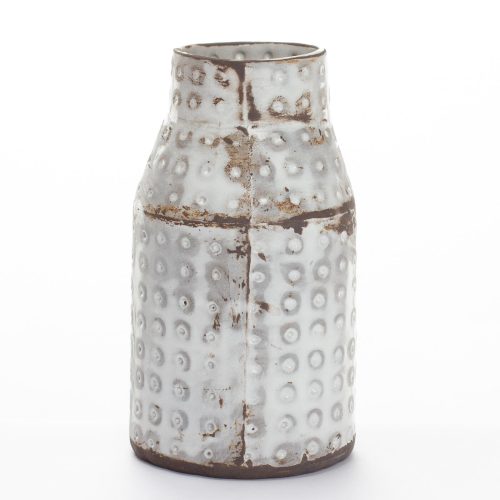
PRODUCT CODE:EW549Y5